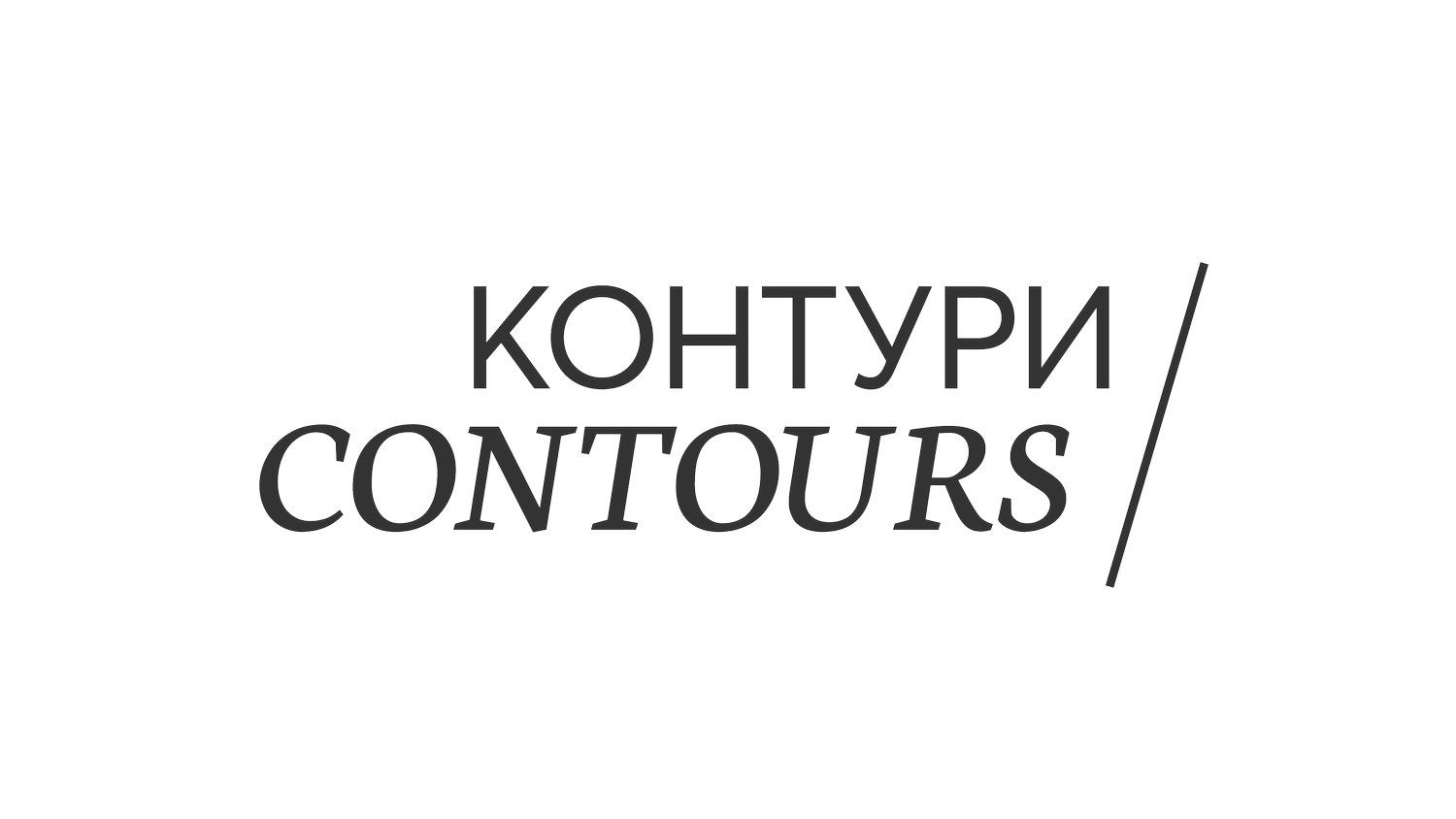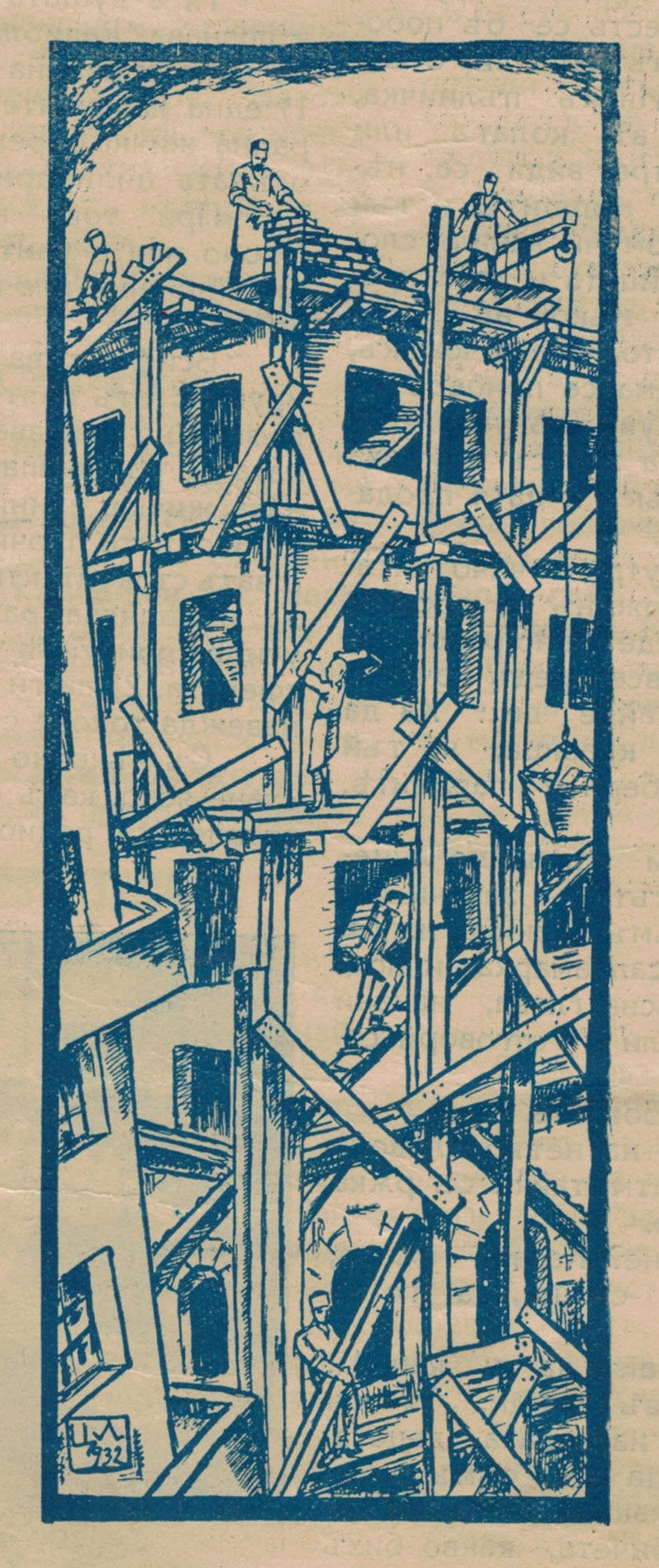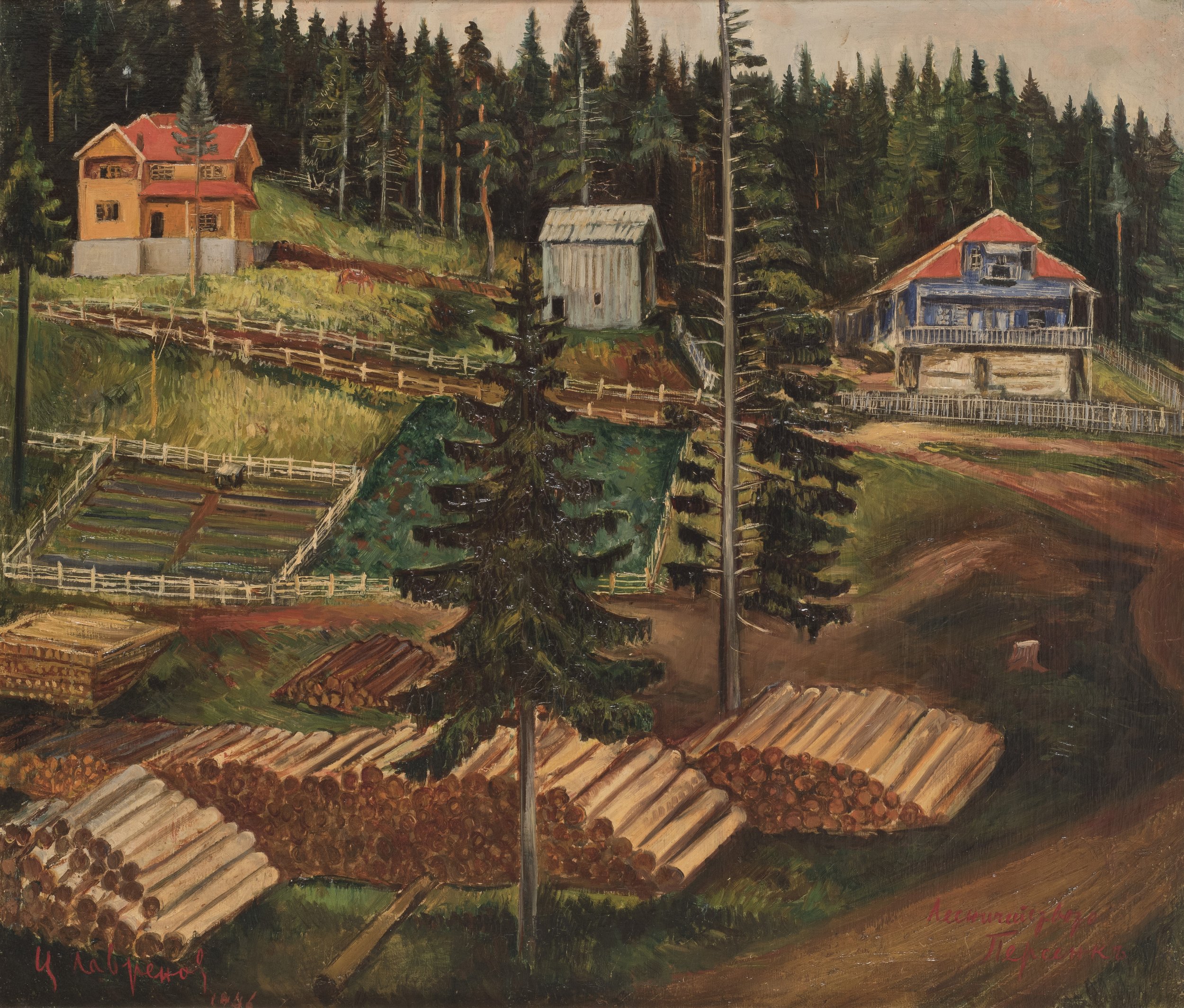002 - Tsanko Lavrenov
On November 24, 1896, Tsanko Lavrenov, one of the most significant figures of Bulgarian art, was born in Plovdiv. Aleksandar-Stefan Ivanov Lavrenov [or Tsanko, as he is fondly called] is the hero in the second episode of the series.
Listen to the full episode:
The thin thread connecting mosaics, architecture, and paintings of Plovdiv will allow us to see Lavrenov’s art as a crossroad between archeology, history, and writing. If we have to define this episode in one word, it would be… layers.
Every bit of Plovdiv is multilayered. Tsanko Lavrenov’s art is too. In order to understand both Plovdiv and Tsanko, you need to look vertically. As if you are doing archeological excavations. You dig, explore, swirl in different directions, and the stories never seem to end.
In these kinds of excavations, we will embark on the second episode!
💭 Whatever you take away from the story, we'd love to hear it. Please share it with us on Instagram or Facebook, or drop us a line at 📧 hello@contours.bg. Happy listening!
Special thanks to Lavren Petrov and the team of the "Tsanko Lavrenov" Foundation for their assistance and all the visual materials they provided to us. We highly appreciate your generosity!
📙 Tsanko Lavrenov's monograph is available in Bulgarian and English. You can purchase or order the editions from the "Contrast" gallery in Sofia or contact the "Tsanko Lavrenov" Foundation team at 📲 +359 888 52 60 22 or 📧 tsankolavrenov@gmail.com.
Also, we extend our gratitude to Laurel Zmolek-Smith, whose beautiful voice is guiding you through the captivating story of Tsanko Lavrenov, and Maria Kokalanova whose vocal performance adds truly Bulgarian vibes to this episode.
The archival audio recordings with Tsanko Lavrenov'‘s voice have been provided by the Archive Fund of the BULGARIAN NATIONAL RADIO.
Season one of the audio series is made possible thanks to the financial support of the National "Culture" Fund under the "Debuts" program and in partnership with Alike and ProCasters.
GALLERY
〰️
GALLERY 〰️
HOW TO MAKE MOSAICS
The delicate thread between mosaics, architecture, and paintings of Plovdiv led us to see Tsanko's art as an intersection between archaeology, history, and writing.
The mentioned technique, "opus tessellatum" was used for laying floor mosaics with which the ancient Romans adorned their temples and homes.
A splendid example of the Roman mosaic heritage can be found in the Bishop’s Basilica of Philippopolis in Plovdiv. From the images below, you can see the names of the layers described in the episode, laid beneath the mosaic, as well as the topmost layer with the mosaic pattern.
FIRST STROKES. FAMILY AND EDUCATION
Let's first delve into the layer of Tsanko's childhood. Born into the family of Ivan and Silvina Lavrenov, Tsanko was the youngest of five siblings. He had three older sisters and an older brother. The family followed the Catholic faith.
Family photograph, 1900s. Photo credit: Tsanko Lavrenov Foundation
The house they used to live in is located across from the "Trimontium" hotel. Nowadays, the hotel has a different name, but its building is still situated near the post office in the city center. Tsanko studied at the French College "Saint Augustine," located close to the Maritsa River.
His first attempts in the arts occurred in the last year of school (1915-1916) when he artistically designed and illustrated the student newspaper "Philosopher."
VIENNA. 1920 - 1922
In the fall of 1920, Tsanko departs for Vienna with his brother Radi, who is studying music there. Tsanko enrolls in the private art school "St. Anna," while continuing to assist his sisters in their trade business.
In the art school in Vienna, he attended courses in applied arts under Professor Berthol Löffler. He also enrolled in a ceramics course at the private school Urania in Vienna. In the Austrian capital, he became acquainted with the styles of Art Nouveau and Expressionism. Their strong influence is evident in his earlier paintings.
Along with other foreign students, he was compelled to interrupt his studies and returned to Bulgaria.
TRADE AND TSANKO
Tsanko Lavrenov's life is also a crossroads between trade, production, and art. After completing his tertiary education, Tsanko worked for a while in the family store alongside his sisters. Some sources claim that he registered a company for tobacco production, marmalade, gardening (pumpkins and melons), vineyards, alfalfa, and agriculture. During the production seasons, he lived in a small hut in the fields to be close to his goods.
Here, we also mentioned a remarkable event for Plovdiv and Bulgaria - the First Agricultural-Industrial Exhibition of 1892. It marks the beginning of the fair tradition in the city under the hills, which we are familiar with today.
🙌 If you're interested in learning more, check out this article from Bulgarian National Radio.
FROM ENTREPRENEUR TO ARTIST: 1922 - 1928
Between 1922 and 1928, Tsanko dedicated himself not only to his development as an artist but also became a member and co-founder of key organizations of his time.
Tsanko became a full member of the Society of South Bulgarian Artists, exhibiting eight of his paintings for the first time. Together with the writer Nikolay Raynov, he played a crucial role in establishing the Plovdiv House of Arts and Printing. Simultaneously, he became the editor of the "Flame" magazine, founded by Geo Milev.
In the mid-1920s, Tsanko embarked on his first ventures into applied graphics, focusing on book design, illustrations, and graphic and print design. He even added projects for postage stamps to his portfolio, working for about a year as an artist-designer at the State Printing House.
In 1929, he ceased his tobacco production activities and actively turned his attention to painting and applied arts.
TRAVELS AND EXHIBITIONS
During the period between the 1930s and the mid-1940s, Tsanko traveled extensively within his home country and Europe. He visited the Rila and Bachkovo Monasteries and, between 1935-36, traveled to Greece, spending time in Thessaloniki, Mount Athos, and Athens.
The young artists participated in numerous competitions and exhibitions. In 1937, Tsanko and Dechko Uzunov won a contest, leading them to Paris. There, he created the interior decoration of the Bulgarian pavilion at the World Exhibition in the French capital, showcasing several of his paintings depicting scenes from Mount Athos.
THE OLD PLOVDIV, 1930
The "Old Plovdiv" from 1930 is an oil painting depicting a captivating vertical view of the Old Town of Plovdiv. More precisely, it captures a beloved scene of one of the most picturesque and recognizable cobblestone streets in the city under the hills.
Today, this street is named "Tsanko Lavrenov" and at the spot where the municipal worker lights the city lantern (see below), a bronze relief with the artist's face has been installed.
"The Old Plovdiv," 1930 | 125 x 99 cm | Oil paints, canvas, plywood | National Gallery, Sofia. | Source: Tsanko Lavrenov Foundation
THE MEETING OF TWO EPOCHS, 1968-69
In 1969, during a collective art exhibition, Tsanko exhibited his painting titled "The Meeting of Two Epochs." Some of his researchers argue that what is depicted is not a meeting but a collision between past and future.
"Meeting of Two Epochs," 1968-69 | 140 x 110 cm | Oil paints on canvas, plywood, hardboard | City Art Gallery, Plovdiv | Source: Tsanko Lavrenov Foundation
FAIR IN PLOVDIV, 1967
Out of much contemplation and a desire to enhance the artistic value of my "Fair," I actually destroyed the artistry of the painting, on the construction of which I had invested many months of intense labor.
To avoid seeing the obscured "Fair," I tossed it into the cellar, and after many years, when I decided to move the painting to Sofia, where I had already settled to live, I had to, in order to transport it by plane, cut it in half.
Such was the end, the sad epilogue of my first painting "Fair," on the construction of which I had put in a lot of effort and creative tension. I say the first painting because, after some time, after 30 years, I painted a second painting, a second opus.
Words by Tsanko Lavrenov. Excerpt from the monograph "Tsanko Lavrenov"
Below, you can see the second painting, created in 1967. Tsanko also describes it as "not one painting but ten, twenty, a hundred paintings in one!" And it feels as such. There is an incredible amount of detail and scenes in it, as well as an incredible attention to each of them.
"Fair in Plovdiv," 1967 | 161 x 123 cm | Oil on canvas | City Art Gallery, Plovdiv | Source: Tsanko Lavrenov Foundation
GRAPHIC ARTISTRY
Tsanko Lavrenov's graphic expressions reveal various influences of Secession, Symbolism, and Expressionism, shaping the artist in the early stages of his artistry. In Tsanko Lavrenov's monograph, we discover a plethora of previously unseen materials: drawings and sketches, applied graphics, children's illustrations, ink drawings, engravings, and more. A small part of these is shared in the gallery below.
Gratitude to the entire team at the "Tsanko Lavrenov" Foundation for generously gifting us the book, along with all the captivating visual materials featured within this page.
PAINTINGS AND SKETCHES
Tsanko Lavrenov's paintings evoke the feel of gates, a unique Hisar gate leading to bygone eras. They transport us to the same place, but at a different time when people lived differently.
While we are there, carefully examining the layers beneath the mosaic of our past, Tsanko subtly helps us see where we come from, what to preserve, and what to leave behind.
Sources
Monograph "Tsanko Lavrenov 1896-1978." First edition. Tsanko Lavrenov Foundation, 2018. Publishing House "Trud"
Bulgarian Socialist Realism 1956, 1968, 1989. Norm and Crisis in the Literature of the People's Republic of Bulgaria, authored by Plamen Doykov. Published by the Institute for the Study of Recent Past and "Siela" Publishing House (thanks to Dimitar Dimov from the Institute for the Study of Recent Past)
"History of Bulgarian Fine Art", authored by Kiril Krastev. Publisher: List, 2021.
Tsanko Lavrenov, authored by Dimitar Avramov, Culture Magazine
One Life is Not Enough, Nul32 Magazine. Plovdiv 2021
Modern Naive Tale of Tsanko Lavrenov, Archive Fund of BNR
From a Bird's Perspective. Plovdiv Icons by Tsanko Lavrenov, Svet Magazine































